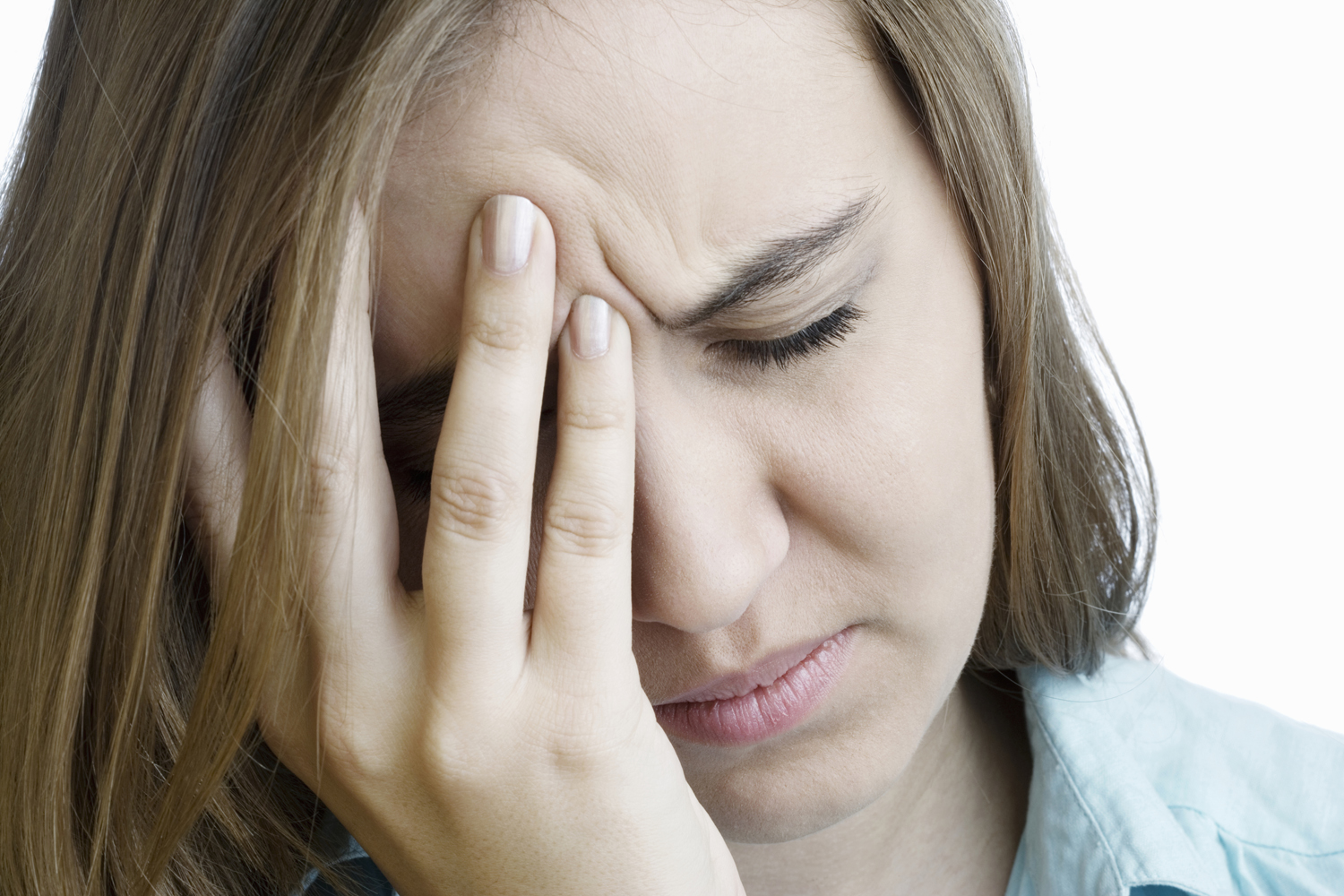
There’s nothing wrong with eating meat if you’re doing so in moderation (I for one, will never give up the occasional cheeseburger), but research does show that vegetarians tend to be healthier overall, and even live longer.
Now there’s another health perk vegetarians can boast about. A new study published in the journal JAMA Internal Medicine looked at data from seven clinical studies and 32 other studies published between 1900 and 2013 where participants kept a vegetarian diet and found that vegetarians have lower blood pressure compared to people who eat meat.
Here are some other reasons vegetarians may outlive meat-lovers.
1. Low blood pressure: In the latest study, researchers found that not only do vegetarians have lower blood pressure on average, but that vegetarian diets could be used to lower blood pressure among people who need an intervention.
2. Lower risk of death: A 2013 study of more than 70,000 people found that vegetarians had a 12% lower risk of death compared with non-vegetarians. With none of the saturated fat and cholesterol that clogs arteries, vegetarians may be at a lower risk for chronic diseases overall.
3. Better moods: A 2012 study randomly split participants into a three diets: all-meat allowed, fish-only, and vegetarian no-meat. The researchers found that after two weeks, the people on the vegetarian diet reported more mood improvements than those on the other two diets.
4. Less chance of heart disease: Another 2013 study of 44,000 people reported that vegetarians were 32% less likely to develop ischemic heart disease.
5. Lower risk of cancer: Researchers at Loma Linda University in California studied different versions of the vegetarian diet and cancer risk among people at a low risk for cancer overall and discovered that a vegetarian diet may have protective benefits. Although the study is not the final say on the matter, vegans had the lowest risk for cancers, specifically cancers most common among women, like breast cancer.
6. Lower risk of diabetes: Studies have shown that vegetarians are at a lower risk for developing diabetes. While the diet won’t cure the disease, it can lower an individual’s risk by helping them maintain weight and improve blood sugar control.
7. Less likely to be overweight: Research shows that vegetarians tend to be leaner than their meat-eating counterparts, and that they also tend to have lower cholesterol and body mass index (BMI). Some data suggests that a vegetarian diet can help with weight loss and be better for maintaining a healthy weight over time.
People who don’t eat vegetarian can still be very healthy, and a vegetarian diet comes with its own health risks. For instance, research has also shown that vegetarians are at a higher risk for iron deficiencies, and some experts question whether children who are raised vegetarian get the right amount of nutrients for their growing bodies. Making sure you get the right amount of nutrients is important, and keeping your physician in the loop about your eating habits can make sure you’re meeting all the requirements for good health.
Source: health and Time










